Paddleboarding is one of the fastest-growing water sports in the world. Accessible, enjoyable, and relatively easy to learn, an increasing number of people are hitting the water for what is one of the best ways to enjoy rivers, lakes, and the sea.
However, while paddleboarding is a very safe pastime, it is not entirely without risk. Make sure your next paddleboarding trip is not just fun but is as safe as possible too. Here are ten tips for staying safe while SUP.
Table of Contents
Toggle1. Check your SUP equipment
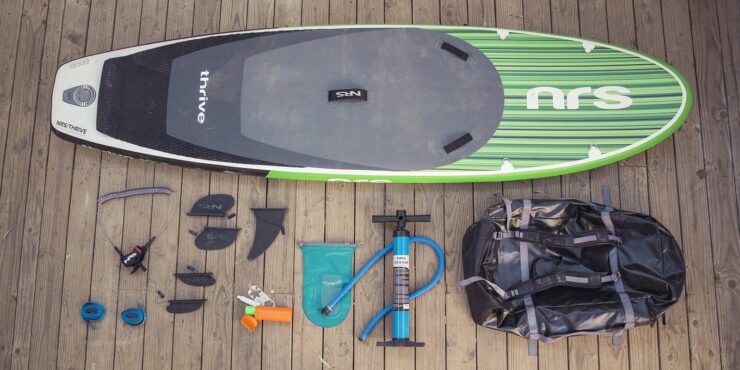
Before putting your board in the water, take a moment to examine all your equipment and make sure it’s serviceable. Check the pressure in your inflatable board, check a solid board for dings, cracks, or holes, and check your fins are securely attached. Make sure your paddle is in good working order too. Ensure your leash has not frayed, and that all the other mountings on your board are solid and secure.
These checks don’t mean that your equipment won’t break, but it certainly lower the risk of something failing during your paddle.
2. Check the weather forecast
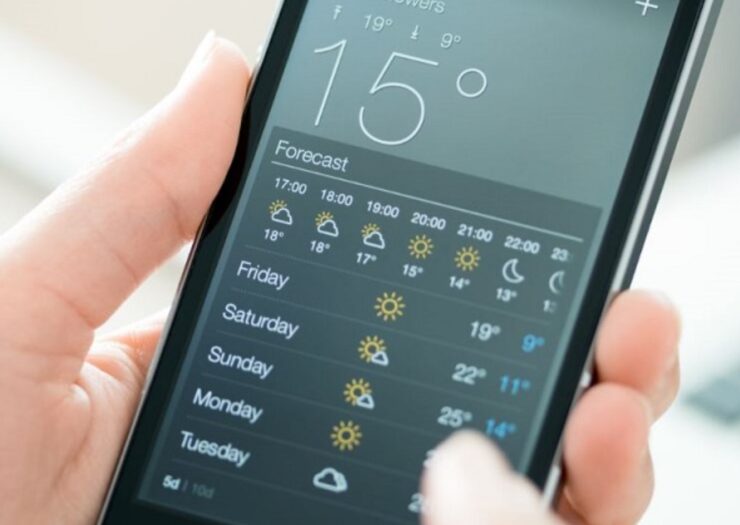
Make sure your paddling abilities match the weather. If you are a novice, you should not go out on the water in high winds, strong currents, or big waves. Even experienced paddlers should pay attention to the weather as very strong winds and tides can sweep even strong paddlers out to see.
Remember, too, that the weather can quickly change. Make sure you have an “escape plan” for if the weather takes a turn for the worse. If you are in any doubt, put off paddling until the weather is better or, in the case of wind and waves, seek out somewhere more sheltered.
3. Dress for the season
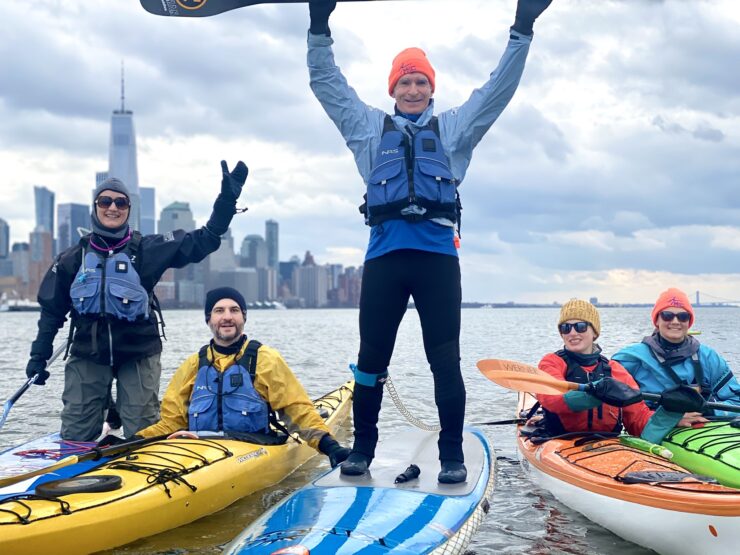
You can paddle all year round in most countries, but you need to dress appropriately. Very strong sunshine can lead to dehydration, sunburn, and heat stroke, so it pays to cover up as much skin as you can in light, breathable, loose-fitting clothes.
In contrast, in cold weather, you’ll need to wrap up warm, paying extra attention to your extremities. Remember, you’ll warm up as you paddle, so dress in layers so you can regulate your body temperature.
You also need to consider the temperature of the water. This is not a problem for warm weather paddling but, if the water is very cold, you may need a shorty or full wetsuit or a dry suit to keep you warm if you fall in.
4. Plan your trip and share the details
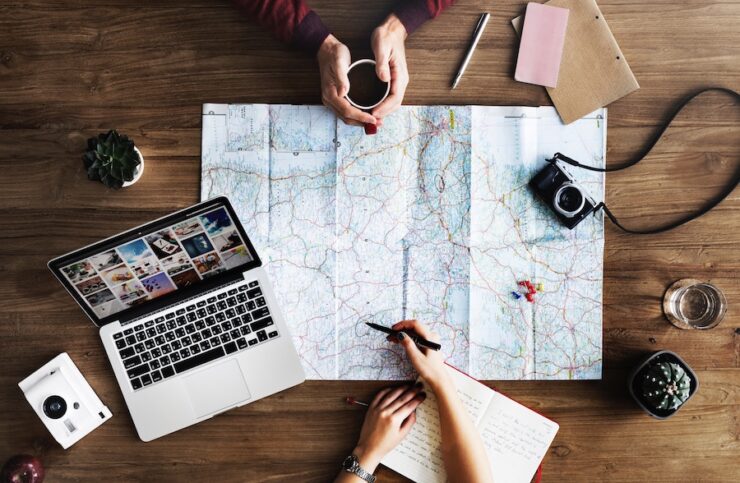
Even if you take precautions, accidents still happen when paddleboarding. Your board might get damaged, you might drop your paddle and be unable to retrieve it, or you could feel unwell and unable to complete your journey.
Make sure that you have a plan for your trip, and you share that plan with someone you trust. This includes where you are going and what time you expect to get back. That way, if you run into trouble and are unable to make it safely home, someone will know you are missing and can raise the alarm.
Of course, to avoid false alarms being raised, make sure you also tell that person when you make it back safe and sound.
5. Wear a personal floatation device (PFD)
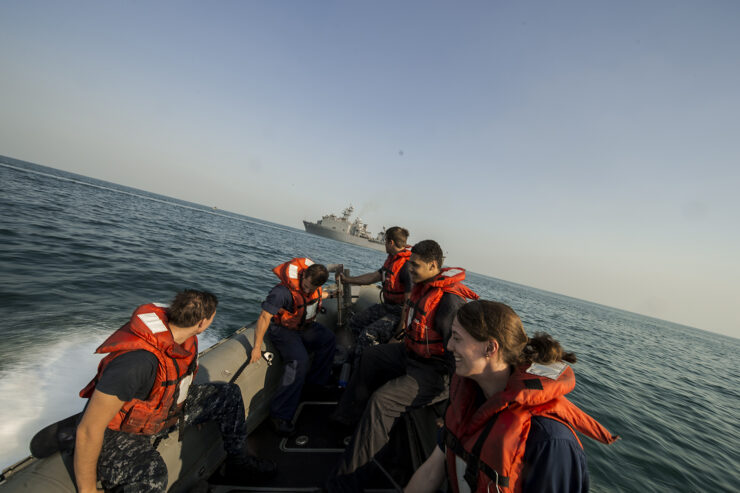
Even strong swimmers should wear a personal floatation device while paddleboarding. You should never have to swim very far to get back to your board after a fall but, even so, it pays to be safe. You could fall awkwardly and be unable to swim, or you could hit your head and be knocked unconscious. A personal floatation device could save your life, and in some places are actually compulsory.
6. Use a leash
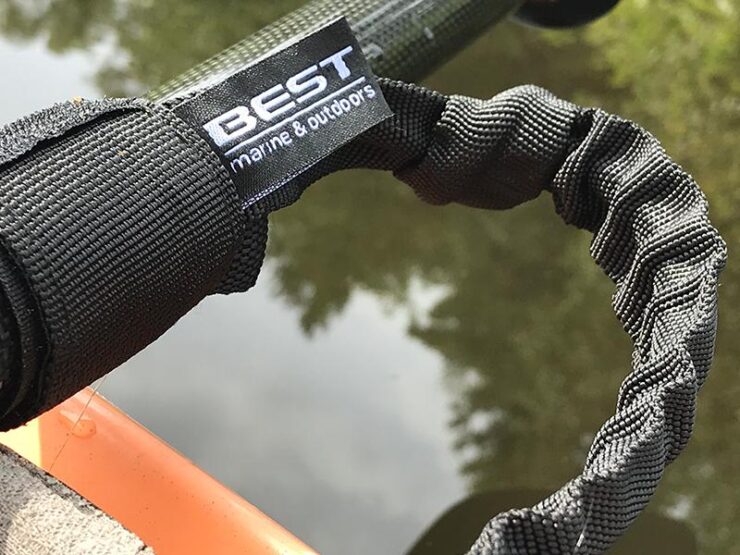
If you fall off your paddleboard, there is a strong chance that it will glide away from you, leaving you swimming to retrieve it. In rough waters, your board could even be swept away from you. Wearing a leash, which is a coiled plastic-covered cord that attaches your board to your ankle, ensures that your board never ends up too far away from you. You can also use your leash to pull your board back toward you to save you from having to swim after it. The last thing you want is to be separated from your board, and a leash will stop this from happening.
7. Beware of shallow water
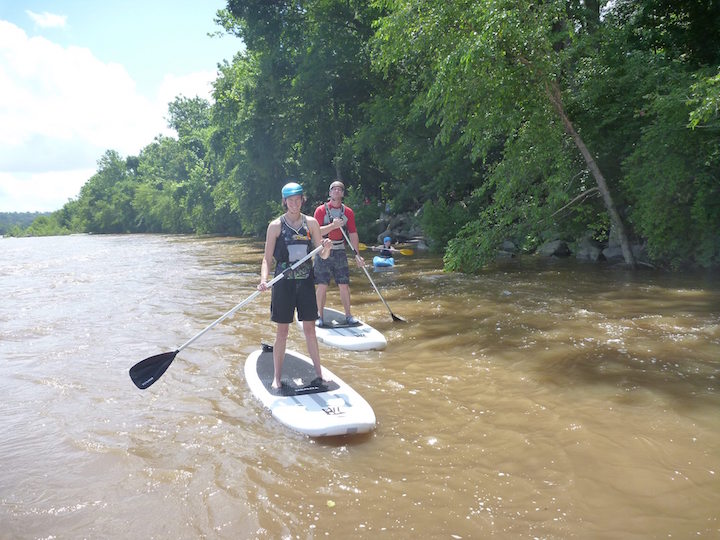
Falling off your board in deep water can be an inconvenience, and you may end up getting cold, but it’s rarely dangerous. The same cannot be said for falling off in very shallow water, where a fall could mean you hit the ground, and even land on submersed rocks.
Take extra care in shallow water, kneeling down to prevent falling if you deem it necessary. If you do fall in shallow water, make sure you spread your arms and legs to stop you from sinking below the surface. If you are paddling on a shallow river where you know there are rocks, it may be prudent to wear a helmet.
8. Don’t paddle alone in new areas
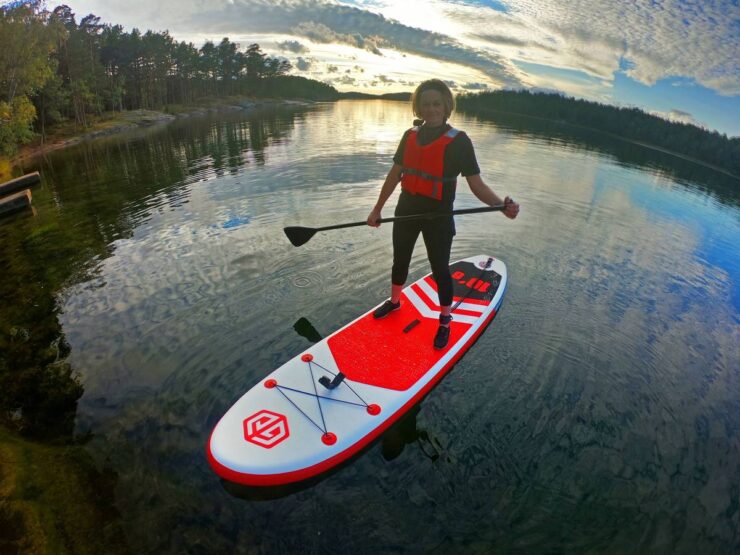
One of the best things about SUP is that you can explore almost all navigable waterways. You’ll get to see things and places from the water that may not be visible from land. Solo exploring can be fun, but there is also an element of risk as you don’t know what hazards you may encounter. Alone, if you get into difficulties, you’ll have only yourself for backup, and if you have an accident, that may not be enough.
Reduce this risk and don’t paddle alone in new areas, or at least without getting some useful inside information from paddlers who know the area well. That way, you can avoid known hazards instead of inadvertently discovering them for yourself.
9. Stay Hydrated
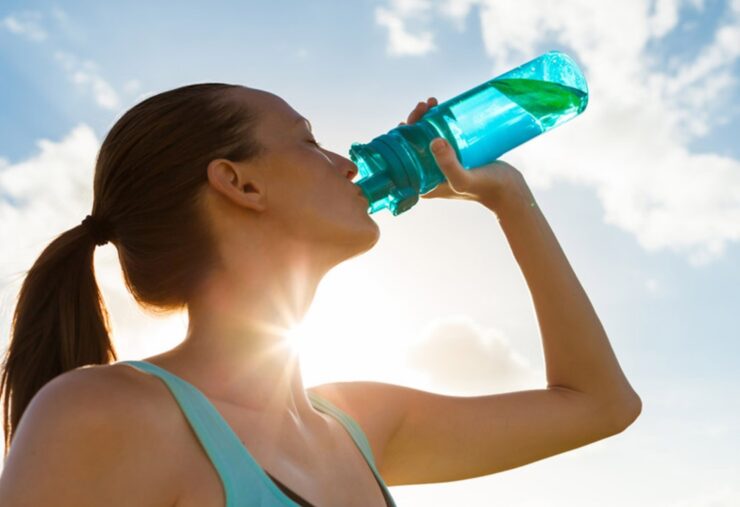
The breeze generated by paddling often means you don’t feel hot. The occasional dunking in the water will also help cool you off! However, that doesn’t mean you can’t fall victim to dehydration while stand-up paddleboarding. You lose water in the form of vapor every time you exhale, and the breeze from paddling causes sweat to evaporate very quickly.
Dehydration will not only make you thirsty, which is a late sign you need to drink more water, but it could also lead to overheating. It could even affect your heart and brain.
Avoid dehydration by carrying water with you and drinking frequently. Try to consume about one liter of water per hour of paddling or more on very hot days. If you don’t want to stop drinking, use a hydration pack and hands-free drinking tube.
10. Carry your phone

Paddleboarding is an excellent opportunity to unplug from technology and enjoy some quality time out in nature. The last thing you want to hear is a ringing phone! However, for safety, most paddlers should carry a phone so that they can call for help in the case of emergency, especially if you are venturing far from the shore or to uninhabited areas. The GPS on your phone will also allow you to pinpoint your position so you can give clear instructions to whoever you are calling for assistance.
Make sure your phone is packed into a waterproof bag, that it’s fully charged, and that you have set the ringer to silent to avoid unwanted distractions. That way, you’ve got your phone for emergencies, but it won’t bother you during your paddle.
Stay Safe Out There, Paddlers!
Paddleboarding is a very safe activity, and accidents are rare. Reduce the risk even more by paying attention to these safety tips. That way, you’ll be free to relax and enjoy paddleboarding, secure in the knowledge that you have done everything possible to eliminate the main sources of danger.
Adelaide Gentry, a seasoned kayaking enthusiast and expert, is the driving force behind KayakPaddling.net. With over a decade of experience navigating the world’s most challenging waterways, Adelaide combines her passion for adventure with a deep knowledge of kayaking to provide insightful and practical guidance for paddlers of all levels.
Related Posts:
- 10 Best Inflatable Paddle Board 2024: My Top 10 iSUP…
- 16 Best Kayak For Beginners 2024 - Kayaking Adventure Gear
- 17 Best Trolling Reels 2024 - Enjoy your Fishing Adventure
- 15 Best Baitcasting Reel Under $100 2024 - Improve…
- Heavy Duty Fishing: 11 Best Rods And Reels For Big Fish 2024
- 16 Best Kayak Fishing Paddles 2024 - Affordable Fishing Gear












